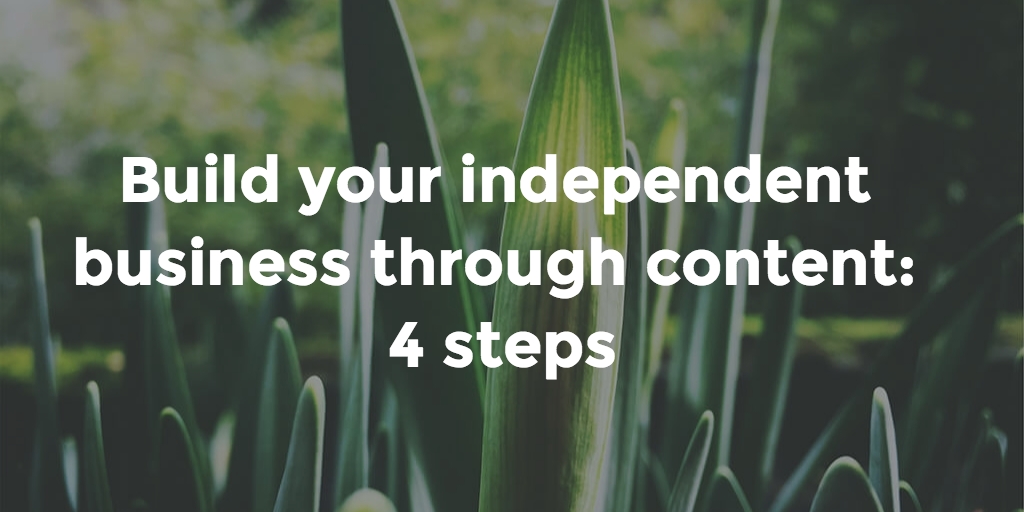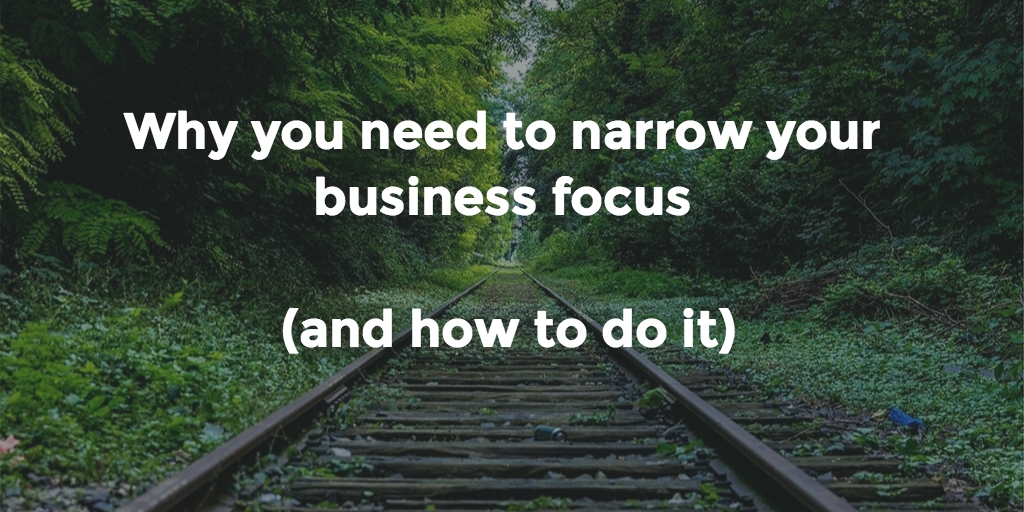Career planning

But it could be that the biggest beneficiary of your thought leadership program is you. Here’s how that can work.




• You’ve had good success in one industry, but you find it’s declining – and there’s good growth in another sector
• You’ve been serving small clients effectively, and you’re ready to take on the big players
• You’ve been living in one part of the world, and have recently moved – or are planning to move – to another, so you need to build a client base in your new place


It was a $10,000 conversation, but that’s not what I earned from it. That’s what it cost me. And I’m glad of it.
This conversation over coffee took place in 1999, just after I’d jumped from a marketing job with a Big Four accounting firm, to start my own business. The meeting was with a business coach I’ll call “Judy,” as part of an initial consultation.
I’d told Judy that I wanted to build a practice working with professional services firms. But I’d been offered a contract to do PR work for a wood-stove manufacturer, quite outside my area of interest. Just starting out, even with a good cushion of savings, the $10,000 contract looked pretty amazing to me. And I’d grown up in a house that relied on a wood-stove for heat, so I knew the product.
Judy gently probed around that. Did I really want to step so far off my business plan and area of expertise, to focus on a consumer product? Wouldn’t the time I spent pushing wood-stoves be time I wouldn’t be building my profile with professional firms?

